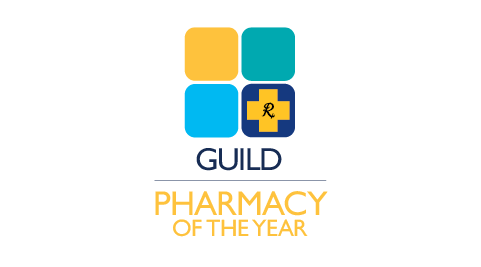By Suzanne Greenwood, Executive Director

It is now two-and-a-half years since the first COVID-19 case was reported in Australia and in that time what stands out for me, and I would say most Australians, is the role community pharmacists and their staff have played in helping us all weather the storm.
As Australia settles into the next phase of living with COVID-19, it is important that we learn from what the community pharmacy sector has contributed during this period in getting as many people vaccinated as possible.
The very visible contribution was pharmacies actually administering COVID-19 vaccines, a service that should have been approved early in the pandemic but which was not initiated until July 2021.
Since then, more than 7.5 million doses of COVID-19 vaccines have been delivered to patients visiting community pharmacies across the country. This is a testament to the trust patients have in their pharmacists and also the accessibility of their pharmacy which often is open after normal business hours and at weekends.
It is clear that the use of community pharmacies in the COVID-19 vaccine rollout has proven to be hugely successful and popular with patients.
This is a lesson that must not be forgotten. Pharmacists have the skills and knowledge to do so much more and must be included in public health initiatives as a matter of course. Including pharmacy as part of the vaccination rollout earlier would have helped achieve maximum uptake a lot sooner.
Community pharmacies also went above and beyond with the rollout of rapid antigen tests - a rollout that was fraught with supply problems.
As jurisdictions brought in mandatory RATs for many activities, demand for the tests soared but supply chain issues meant there was a general shortage of the product. Wholesalers resorted to chartering planes to bring supplies in from overseas but this meant an attendant increase in costs to patients – an increase for which many pharmacists were wrongly blamed.
The scheme for RATs for concessional cardholders also caught many by surprise with pharmacies requested to supply RATs, initially at below cost in many cases. Yet again, they focussed on the needs of their patients and adapted to meet the demand.
I mention these two examples which were part of national policy responses to COVID-19, but just as important is what community pharmacies have been doing at the local level.
Many introduced extended delivery services so that vulnerable or isolating patients could get their medications. Many also delivered other essentials, including meals, to patients.
They opened even longer hours to provide vaccinations at times that suited patients who wanted to get their shots on the way to work or on the way home.
And throughout the whole pandemic, community pharmacies stayed open so patients could continue to get their medications and receive the services they need and expect.
It was not without sacrifice as safety measures had to be introduced to protect staff and patients. These were not always welcomed and we saw distressing footage and heard examples of pharmacists and staff being abused for trying to keep everyone safe.
But despite all the challenges, sacrifices and hurdles – community pharmacies continued to be there for their communities. As COVID-19 variants emerge, community pharmacies will be there to provide the vaccines.
This year’s flu season is predicted to be particularly severe because of the combination of the flu and COVID-19 so getting a vaccination is more important than ever. Pharmacies will be there to provide them too.
Community pharmacies have been described as unsung heroes, but I know you will join me in singing about them, and loudly.


